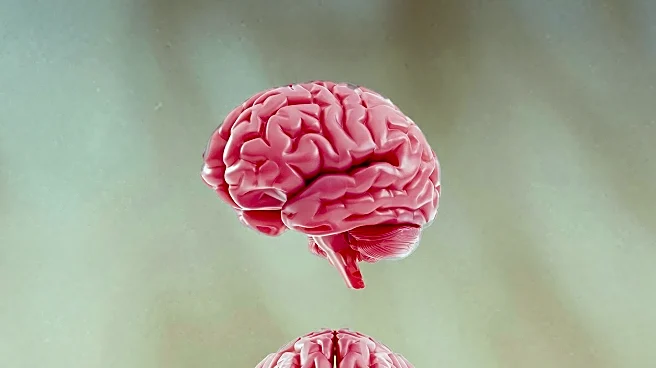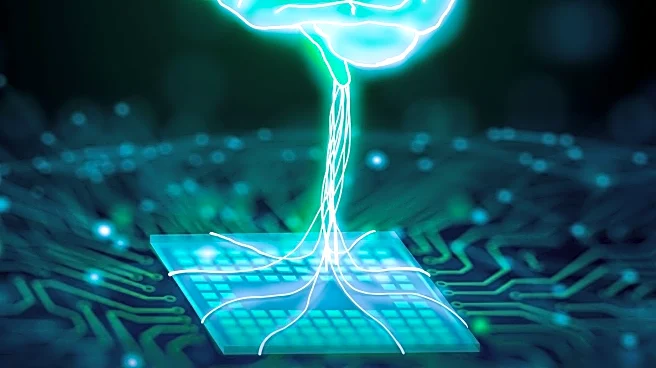What's Happening?
Recent research has uncovered a potential early indicator of Alzheimer's disease through the loss of smell, driven by immune cells in the brain. The study, conducted by DZNE and Ludwig-Maximilians-Universität München, reveals that microglia, immune cells, mistakenly remove nerve fibers connecting the locus coeruleus and olfactory bulb, which are crucial for odor processing. This immune-driven pruning occurs when hyperactive neurons display altered membranes, marking them as defective. The findings, published in Nature Communications, suggest that these changes occur before cognitive decline, making smell loss a potential diagnostic tool for early Alzheimer's detection.
Why It's Important?
The discovery of smell loss as an early sign of Alzheimer's could revolutionize the approach to diagnosis and treatment. By identifying the immune mechanism responsible for this symptom, researchers can potentially develop methods for early intervention. This could allow for the use of amyloid-beta antibody treatments at a stage where they are most effective, potentially slowing the progression of Alzheimer's. Early diagnosis could significantly impact patient outcomes, offering a therapeutic window that was previously unavailable.
What's Next?
The research suggests that olfactory testing and neurocircuit imaging could become standard practices for early Alzheimer's diagnosis. This would enable healthcare providers to identify at-risk patients before cognitive symptoms manifest, allowing for timely intervention. The study's findings may lead to further exploration of immune mechanisms in Alzheimer's, potentially uncovering new therapeutic targets and strategies.
Beyond the Headlines
The implications of this research extend beyond immediate clinical applications. Understanding the role of immune cells in neurodegenerative diseases could lead to broader insights into brain health and aging. This knowledge might inform future studies on other conditions where immune misfires contribute to disease progression, potentially leading to breakthroughs in treatment across various neurological disorders.











